Darling River Tributaries
Murray-Darling Basin Waterways
While the Darling River Run is a touring adventure along the Darling River between Walgett and Wentworth, it is beneficial to understand just how big the Darling Basin is.
The river system of the Darling consists of over ten tributaries, with the Upper Darling River (Barwon-Darling) being a complex waterway made up of many individually named waterways. The Barwon-Darling covers about 13% of the Murray-Darling Basin but only accounts for about 2.8% of the flow in the Basin. However, much more water flows through the system, with 99% of its flow generated via the upstream catchments.
The Tributaries of the Darling River
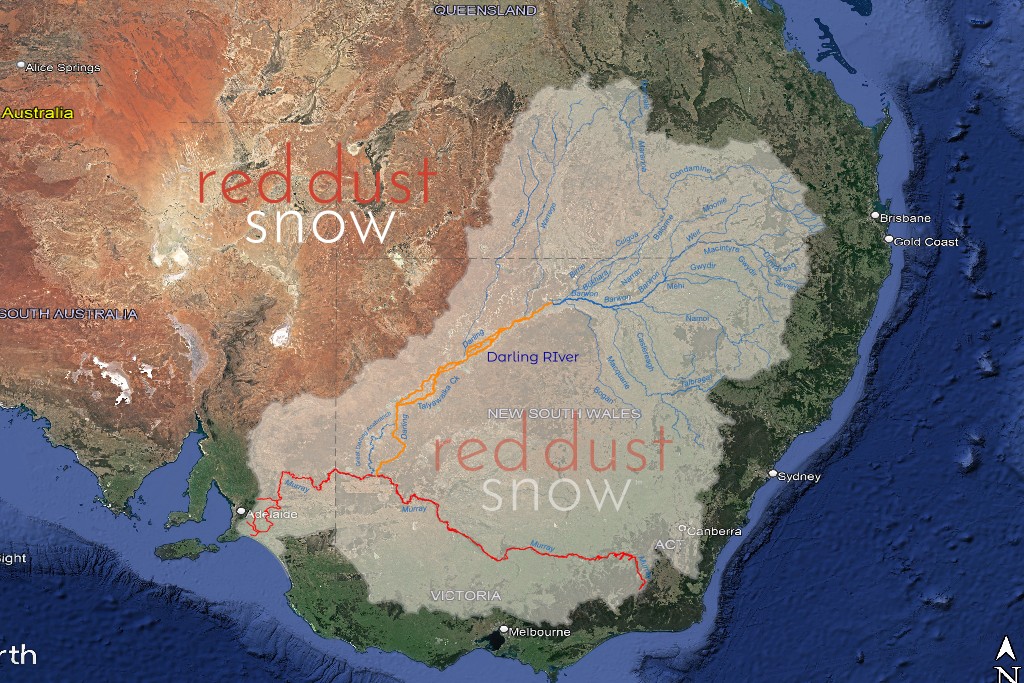
The Paroo, an ephemeral river that only flows in wet years, joins the Darling via a series of waterholes, lakes and wetlands and is the last free-flowing river in the Murray Darling Basi
Darling River - The Paroo River Catchment

The Paroo, an ephemeral river that only flows in wet years, joins the Darling via a series of waterholes, lakes and wetlands and is the last free-flowing river in the Murray Darling Basin.
- Catchment area: 3% of the Murray–Darling Basin
- Contribution to Basin water: 2%
- Annual streamflow: 445 GL (Calwarro gauge)
- River length: 600 km
- Towns
- Eulo
- Hungerford
- Wanaaring
Darling River - The Warrego River Catchment
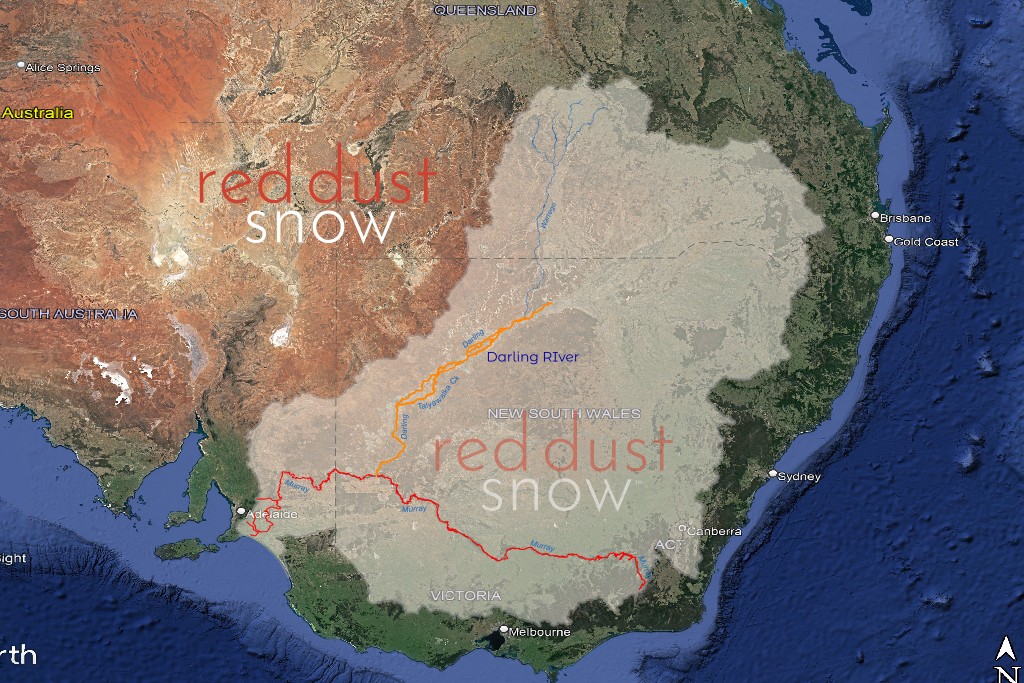
Sourcing from the Carnarvon Range in Queensland, the ephemeral Warrego River flows through flat semi-arid plains, with 80% of its catchment in Queensland.
-
Catchment area: 7% of the Murray–Darling Basin
-
Contribution to Basin water: < 1%
-
Annual streamflow: 422 GL (Wyandra stream gauging station)
-
River length: 900 km
-
Towns
- Augathella
- Charleville
- Cunnamulla
- Enngonia
Darling River - The Condamine-Balonne River Catchment
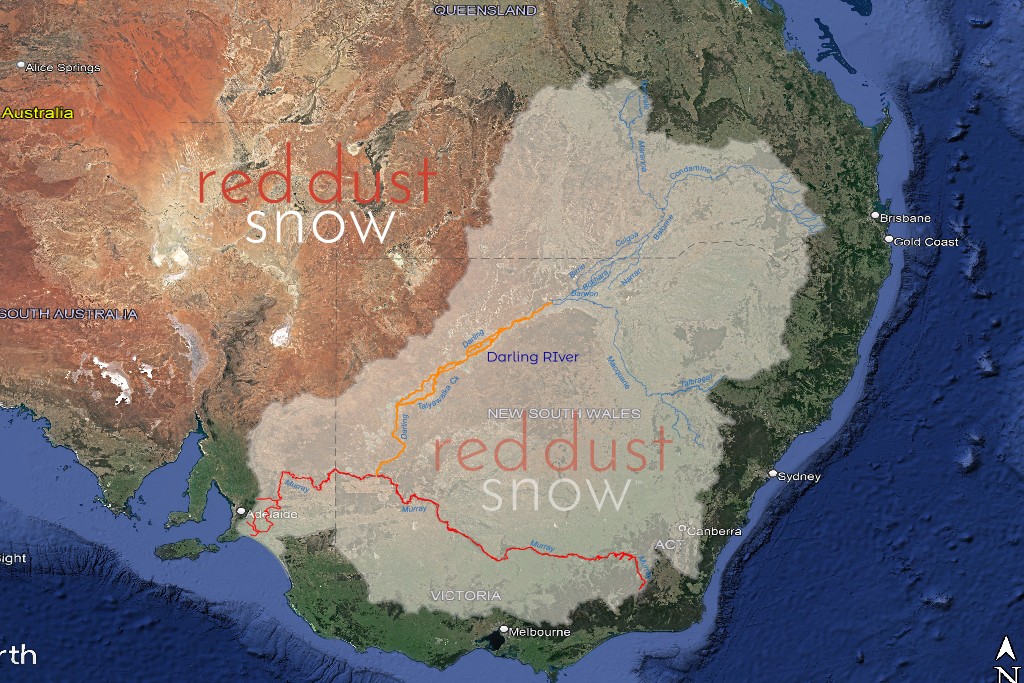
One of the largest catchments in the Murray–Darling Basin, the Condamine-Balone catchment rivers rise from elevated areas of the Darling Downs. The Condomine is sourced from the near Mt Superbus in the Main Range National Park near Warwick and becomes the Balonne near Condamine.
The Maranoa, a tributary flowing from the Carnarvon Gorge, meets the Balonne at Lake Kajarabie (Beardmore Dam) near St George from which the Culgoe River flows southwest to join the Darling River about 20 km east of Bourke.
- Catchment area: 13% of the Murray–Darling Basin
- Contribution to Basin water: 8.5%
- Annual streamflow: 1,305 GL (St George)
- River length: 1,195 km (Condamine, Balonne and Culgoa channels)
- Towns
- Warwick
- Toowoomba
- Dalby
- Roma
- St George
Darling River - The Moonie River Catchment
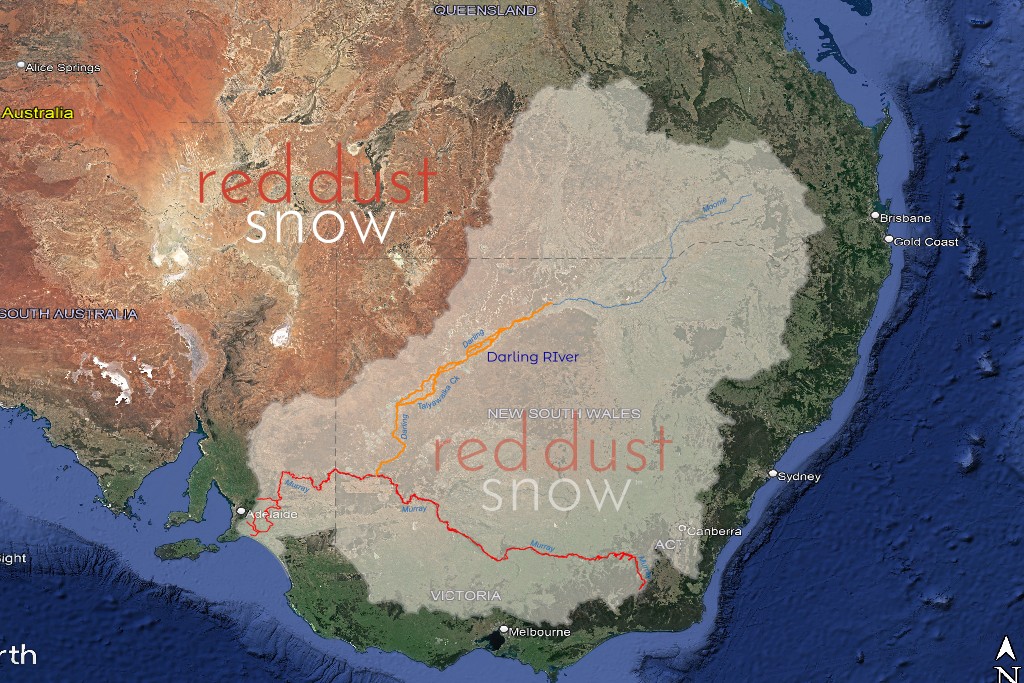
With most of its catchment (98%) in Queensland, the Moonie River flows across southwest Queensland through a very flat landscape into northern New South Wales. Thirteen minor tributaries join the Moonie before merging with the Barwon River near Mungindi.
- Catchment area: 1.4% of the Murray–Darling Basin
- Contribution to Basin water: 0.8%
- River length: 542 km
- Major tributaries: Teelba Creek
- Towns include
- Moonie
- Thallon
Darling River - The Border Rivers Catchment
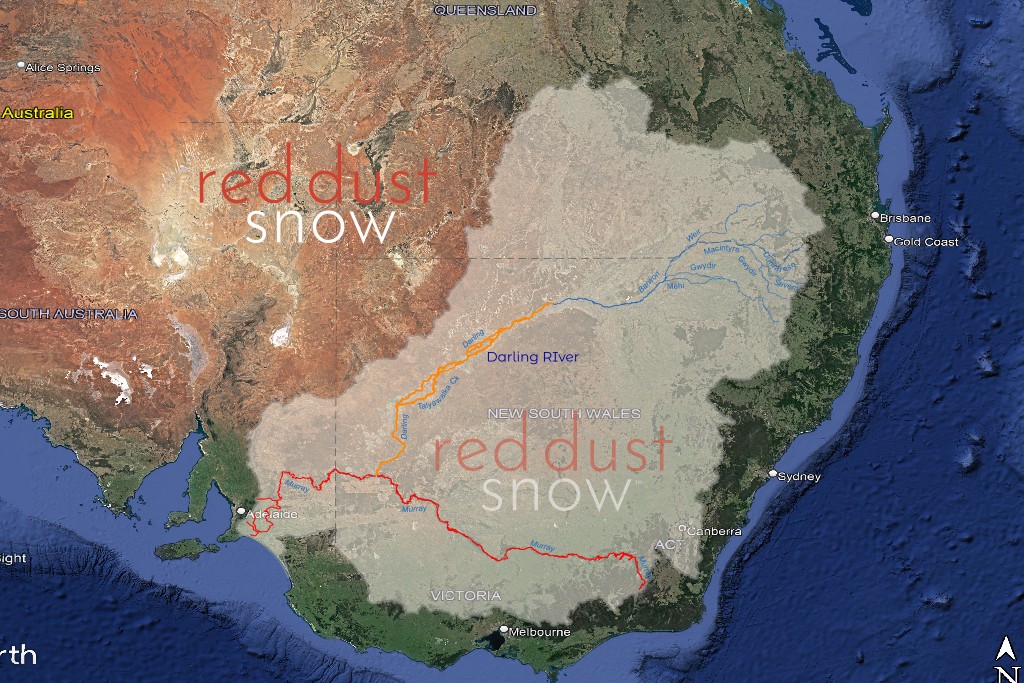
The Border Rivers is a group of rivers that straddle the New South Wales and Queensland border, with the rivers rising on the western slopes of the Great Dividing Range and running westward, gradually merging to become the Barwon River on the floodplains east of Mungindi, the Barwon River flows past Walgett and Brewarrina before joining the Culgoa to become the Darling east of Bourke.
The major rivers that make up the Border Rivers are the Macintyre River, Dumaresq River and Severn River, with the Moonie River from the Downs joining the Macintyre River near Collarenebri.
- Catchment area: 4% of the Murray–Darling Basin
- Contribution to Basin water: 5%
- Annual streamflow: 130 GL (Macintyre River at Wallangra)
- Towns
- Goondiwindi
- Stanthorpe
- Tenterfield
- Glen Innes
- Inverell
Darling River - The Namoi River Catchment
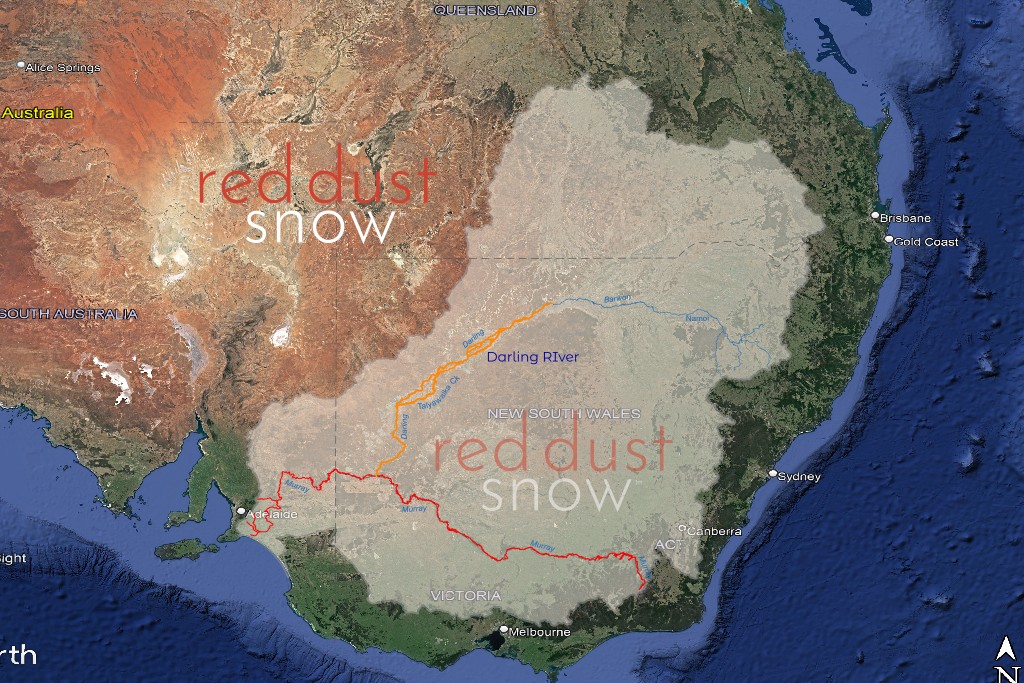
Stretching westward from the Great Dividing Range, the Namoi River flows to the floodplains of northern New South Wales via a diverse range of climates and landscapes ranging from cool, high rainfall areas in the rugged terrain in the east to semi-arid, low rainfall areas on riverine plains in the west.
- Catchment area: 4% of the Murray–Darling Basin
- Contribution to Basin water: 3.2%
- Annual streamflow: 696 GL (Gunnedah)
- River length: 700 km
- Towns
- Tamworth
- Gunnedah
- Narrabri
Darling River - The Macquarie-Castlereagh Rivers Catchment
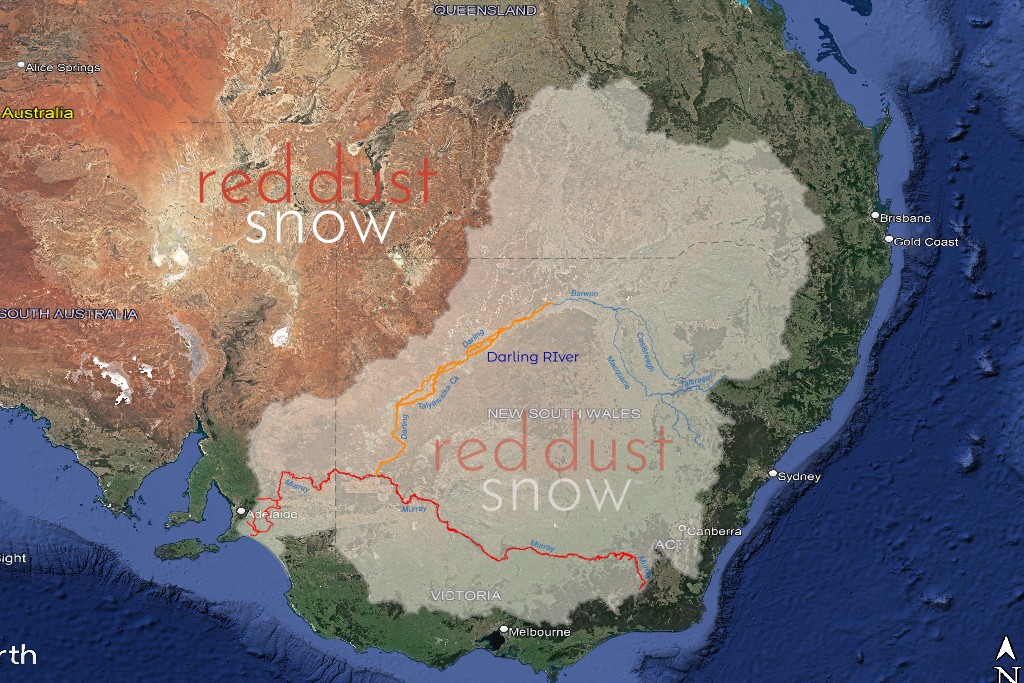
Joining the Barwon River between Walgett and Brewarrina, The Macquarie–Castlereagh system (the Castlereagh, the Macquarie and Bogan rivers).
The Macquarie River rises in the Great Dividing Range near Bathurst and flows northwest through foothills and slopes past Wellington and towards Dubbo.
The Castlereagh River rises in the volcanic remnants that shape the Warrumbungle Ranges, west of Coonabarabran, in northern New South Wales.
Just before the Macquarie River meets the Barwon River, the Castlereagh River joins the Macquarie River.
The Bogan River rises in the Harvey Ranges near Parkes, in central-west New South Wales, and flows north-west past Nyngan to meet the Barwon River upstream of Bourke.
- Catchment area: 7% of the Murray–Darling Basin
- Contribution to Basin water: 8.4%
- Annual streamflow: 1,175 GL (Macquarie at Dubbo)
- River lengths
- Castlereagh River: 549 km
- Macquarie River: 960 km
- Bogan River: 590 km
- Towns
- Coonabarabran
- Coonamble
- Bathurst
- Orange
- Dubbo
- Narromine
- Warren
- Nyngan
